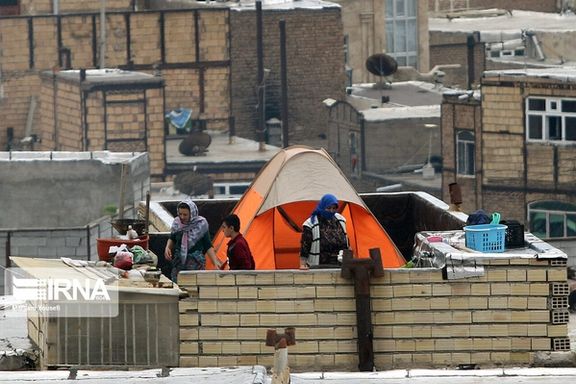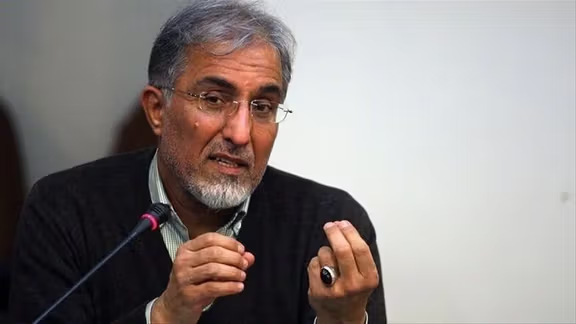Tehran Tenants Live On Rooftops As Last Resort Amid High Rents

A prominent economist in Iran says high rents in Tehran push many tenants to the less expensive margins of the capital where a new social sub-class is taking shape.

A prominent economist in Iran says high rents in Tehran push many tenants to the less expensive margins of the capital where a new social sub-class is taking shape.
In an interview with Didban Iran website, Hossein Raghfar, said as the number of those living in the margins of Iran's major cities is on the rise, there is an increased possibility of new protest movements that will take the officials by surprise.
Raghfar said, "this might happen any moment. The people are badly vulnerable and price rises have brought them to the verge of a revolt. In the meantime, officials appear to be oblivious to the looming threat."
The economist warned: "Unpredictable unrest is likely to take place. What you saw in last year's protests was only the tip of the iceberg."
The website quoted the Central Bank of Iran as reporting that rents in the Iranian capital rose by 46 percent during the first half of last year. This comes while the government had allowed landlords to increase the rents by just 25 percent. As a result, wrote the website, many have decided to live outside Tehran, and some have chosen to live in makeshift houses built on some of Tehran's rooftops.

Iran has been gripped by very high inflation since 2018 when the United States withdrew from the JCPOA nuclear deal and imposed tough economic sanctions. A recent report indicated that the inflation rate is close to 70 percent.
The website wrote that more than 24 million Iranians are feeling the crunch this year as rents are going to go up once again with the beginning of the summer. Raghfar said skyrocketing rents is one of the results of rising house prices that have also led to rising prices for other goods and services. For instance, nearly 50 percent of the price of clothing people buy is used to cover the clothing shops' rents. He added that the rising cost of housing has even led some young Iranians to leave the country for good.
He also mentioned the social problems that occur as a result of rising housing cost: "Some sleep in the buses and some families share a house with another family." This, he said, marks the failure of government policies during the past three decades.
The Secretary of Trade Union of Real Estate Agents Saeed Lotfi told reporters that in parts of the Iranian capital, rents are paid in US dollars rather than the extremely devalued national currency rial. He also confirmed that some of the tenants are being pushed out of the capital and that some others share a house with another family although he said the union is against the idea of house sharing.
"Until a few years ago, there were lots of houses available for rent in southwest Tehran, but nowadays it is really difficult to find a vacant house for families who need it as many of those who were not able to afford high rents in the affluent parts of Tehran have moved to the southwest suburbs," Lotfi said.
He added that many others have chosen to move to much smaller homes as prices and rents rise. Lotfi pointed out that current prices will certainly rise further as “we have not yet reached the peak of housing market which is around September when schools re-open” for the new academic year.
Earlier reports in mid-2022 indicated that there was a more than 300 percent rise in rents in Tehran in a matter of three years. And figures released in December 2021, some six months after Ebrahim Raisi took office as President indicated that food and housing expenses in Iran had risen between 300 to 740 percent during the preceding six years while wages went up by around only 270 percent during the same period.